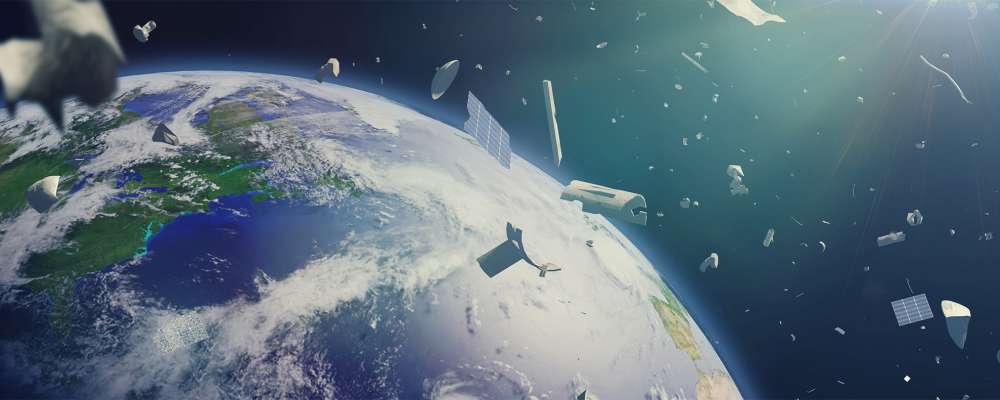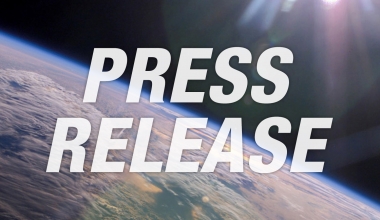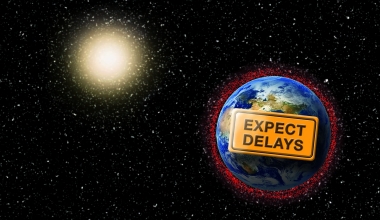Vision of the Space Safety Institute
The Space Safety Institute’s vision is to move toward space activities that are safe, to promote economic and scientific development, and to support the long-term sustainability of outer space.
The Space Safety Institute pursues this vision by:
- Advancing best practices and sharing knowledge for safe space operations across the space enterprise.
- Bringing physics and engineering analyses to inform safe operations, governance, policy, and management in six mission areas.
- Exploring synergies with other organizations supporting commercial, government, academia for the sustainable use of outer space.
Through SSI, Aerospace routinely presents at conferences and publishes information from independent research related to virtually all aspects of space safety.
Mission Areas
The Space Safety Institute aims to advance space safety systematically and holistically in the following mission areas:
- Space Situational Awareness
- Space Operations Assurance
- Launch and Reentry Safety
- Cybersecurity and Spectrum
- Human Spaceflight Safety
- Cislunar Space Safety
The Space Safety Institute supports government, commercial, and international customers with independent technical support through the following activities:
- Safety assessments
- Standards and best practices
- Research and development
- Infrastructure, tools, and data
- Policy and strategy development
- Safety education
Policy and Strategy
Aerospace established SSI leveraging a network of experts, including Aerospace’s Center for Space Policy and Strategy, with experience in safety and complementary areas to help inform government policy selection. SSI cultivates interdisciplinary and international links within the broader space community, working directly with government space agencies, academic and nonprofit partners, commercial companies, and U.S. allies to pursue sustainable space futures.






